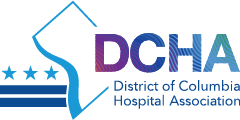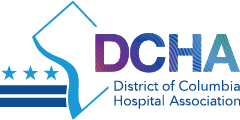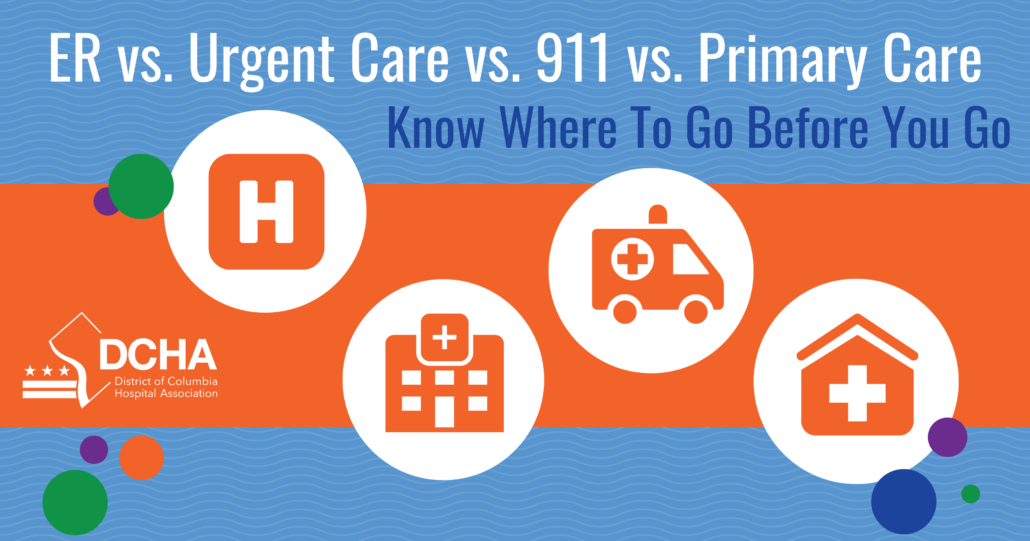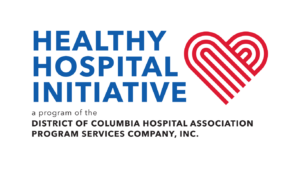Patient Safety & Quality Poster Competition is Open
Calling all health care professionals for DCHA’s Patient Safety and Quality Poster Competition. The Patient Safety & Quality Poster Competition is organized to encourage hospitals and health care providers to present their original work. All winning abstracts will be presented during the annual Patient Safety & Quality Summit on November 14, 2023.
Purpose: The purpose of the competition is to emphasize quality improvement methodology, provide a venue to share innovative and effective educational programs, showcase unique community projects, and encourage networking among medical peers with similar interests.
Theme: Managing Change: Adapting Safety and Quality Initiatives in an Environment of Competing Priorities
Cash Awards: $1,000 for 3 Bronze Winners; $2,000 for 2 Silver Winners; and $3,000 for 1 Gold Winner
Deadline: June 30, 2023
Questions: Eden Cunningham, 240-441-0057, ecunningham@dcha.org
